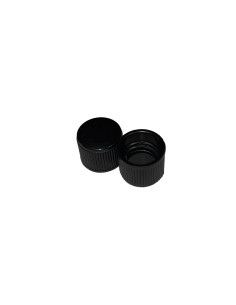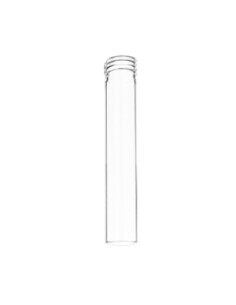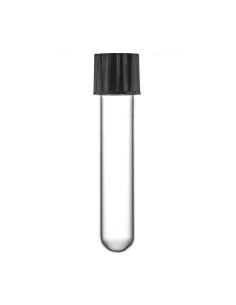In the world of science and research, laboratory tubes represent one of the most basic yet essential tools. Their simple design offers enormous versatility, allowing everything from simple mixtures to complex chemical reactions. Choosing the right laboratory tube not only optimizes results but also ensures safety and precision during procedures. Whether in biology, chemistry, medical, or industrial laboratories, knowing "what laboratory tubes are used for" is key for every scientific professional.
What is a laboratory tube?
A laboratory tube is a cylindrical container, generally elongated and of small diameter, used to contain, measure, transport, store, or manipulate liquids and solids in various experimental applications.
These tubes are mainly made of materials such as:
-
Glass: Resistant to heat and aggressive chemical agents.
-
Plastic: Lighter, economical, and disposable, ideal for low-risk work.
Their versatility makes them indispensable instruments, adapting to different analytical techniques, reaction processes, or temporary sample storage.
Types of laboratory tubes and their specific applications
(For a complete guide, see our previous article on types of laboratory tubes)
Some of the most common types of tubes include:
-
Test tubes: Used to carry out simple chemical reactions or to contain small samples.
-
Centrifuge tubes: Designed to withstand high centrifugal forces during component separation.
How to choose the right laboratory tube?
Choosing the right laboratory tube depends on several critical factors:
-
Type of sample: Consider whether you will work with liquids, solids, or gases.
-
Experimental technique: For example, centrifugation requires specific tubes that can withstand high G-forces.
-
Chemical compatibility: Some plastic materials may react with certain solvents or acids.
-
Working conditions: Pressure, temperature, and inert atmospheres (such as working under nitrogen) are determining factors.
-
Equipment used: The size and design of the tube must be compatible with centrifuges, shakers, or storage racks.
Making the right choice increases efficiency, prevents contamination, and prolongs equipment lifespan.
Pobel: Laboratory tubes for every application
At Pobel, we offer a wide range of laboratory tubes tailored to every technical and budgetary need. From glass tubes resistant to thermal shock to high-purity plastic tubes for sensitive applications.
Not sure which one to choose? Our team of experts is available to provide you with personalized advice. Discover our laboratory tubes catalog and find the perfect option for your projects.
Frequently Asked Questions
What is the best tube for centrifugation?
For centrifugation, specific centrifuge tubes are recommended, usually made of high-resistance plastic (such as polypropylene) or special glass, which can withstand high centrifugal forces without deforming or breaking.
What is the difference between test tubes and culture tubes?
Test tubes are used to contain and manipulate small amounts of substances during general experiments. Culture tubes, on the other hand, are designed to facilitate the growth of microorganisms or cells and are usually wider with special caps.
What type of tube do I need for nitrogen atmosphere analysis?
For analysis under inert atmospheres like nitrogen, it is recommended to use borosilicate glass or high-resistance plastic tubes with airtight closures that ensure system tightness.










